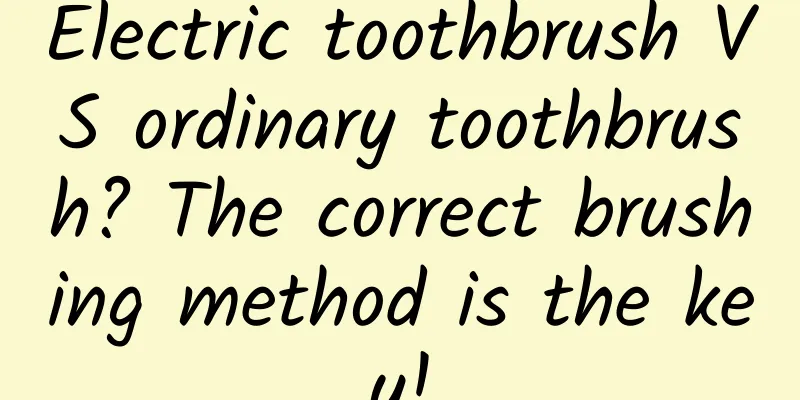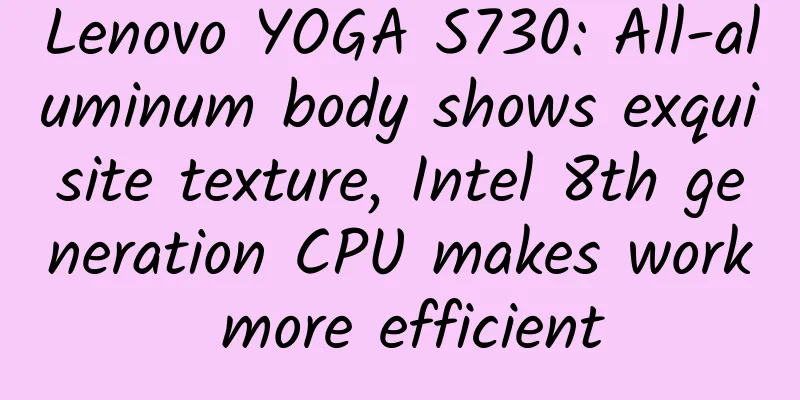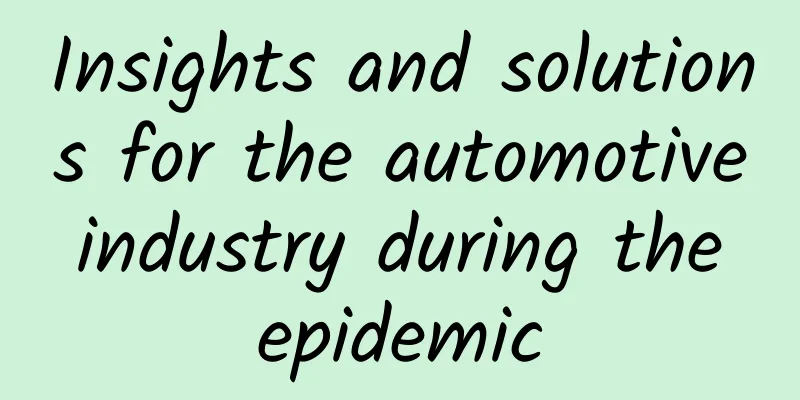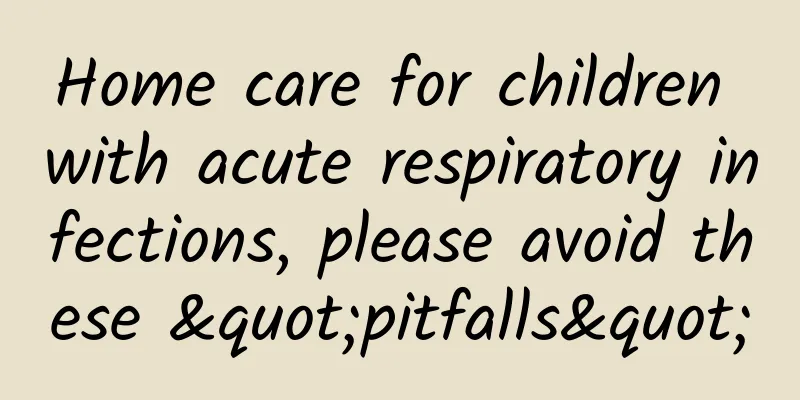Electric toothbrush VS ordinary toothbrush? The correct brushing method is the key!

|
“I brush my teeth three to five times a day, when I wake up, after meals, and before bed. How is it possible that they are not clean yet?” “I use good toothpaste and imported electric toothbrushes, so it should be OK”... In the dental clinic, what we hear most often is people’s blind confidence in oral hygiene. Image source: soogif In fact, the key to brushing your teeth every day is not the type of toothbrush, nor the price of toothpaste, but whether you brush properly. The function of toothpaste is to provide friction foam, while the key of toothbrush is the contact track between brushing teeth and teeth. Therefore, in the comparison between electric toothbrushes and ordinary toothbrushes, their cleaning functions are the same. The most important thing is whether you use it for the right purpose, that is, the Bass brushing method. Image source: Pixabay No.1 What is the Bass method of brushing teeth? There is a unique martial arts skill for teeth that has been circulated in the world - the gingival sulcus cleaning method, also known as the horizontal vibration method, which is also known as the Bass brushing method. Because it can effectively remove plaque near the gingival margin and in the gingival sulcus, it is vigorously promoted by the American Dental Association, which shows its status in the world. You can read on for the specific moves. First, follow the "333" principle, brush your teeth three times a day, three minutes each time, and within 30 minutes after a meal. Second, determine the order of brushing your teeth, and insist on advancing step by step, from upper left to upper right, lower right to lower left (the formula: where you start, where you end), from the buccal surface to the lingual surface and then to the occlusal surface. Of course, the movements must be gentle throughout the process. Specific steps: 1. Hold the toothbrush handle with your thumb facing the brush head, and extend your thumb to support one side of the handle. 2. Aim the toothbrush at the junction of the teeth and gums, with the bristles pointing at the root tip at a 45° angle to the long axis of the teeth (upward for maxillary teeth and downward for mandibular teeth), and apply slight pressure so that part of the bristles enter the gingival sulcus and part of them are on the gingival margin. Then gently vibrate horizontally to loosen the residue and soft plaque at the junction of the gums and teeth, and finally brush downward along the direction of the gap between the teeth (upward for the lower jaw), and the dirt inside will be brushed off. Image source: Renren Video Children or the elderly can use a simplified brushing method, that is, clench your teeth, draw circles clockwise (counterclockwise), and gradually move the circles from one side to the other. When moving the toothbrush, be careful not to move it too far. Each time you move the brush head, you need to cover a small part of the previous step to avoid missing any spots. Image source: Renren Video 3. The same is true for the lingual side. However, due to the angle limitation, it is difficult for us to achieve standard horizontal vibration or circle drawing, so a certain angle of inclination is also acceptable. Of course, horizontal vibration on the lingual side of the upper and lower front teeth is more difficult, so we generally recommend changing to a vertical lifting method. The lingual side of the mandible is a high-risk area for dental plaque, especially the lower front teeth and lower back teeth. Therefore, you must be more patient when brushing the lingual side teeth than brushing the lip side teeth. Once dental plaque is formed, brushing teeth alone can no longer solve it, and you can only go to the dental hospital for teeth cleaning. Image source: Renren Video 4. Finally, for the occlusal surface, which is brushed in the same way by people all over the world, it is recommended to increase the force slightly, because there are many pits and fissures on this tooth surface. Therefore, increasing the force and spending more time to focus on this area will facilitate thorough cleaning. No.2 Would an electric toothbrush be better? If you have mastered the correct method of brushing your teeth and can stick to it, then we can try some more efficient and convenient toothbrushing tools. For example, you can consider some functional toothpaste or electric toothbrushes. So what is the difference between an electric toothbrush and an ordinary toothbrush? Image source: Pixabay As the name implies, electric toothbrushes satisfy our laziness to a certain extent, saving effort and being efficient. Through the rapid rotation or vibration of the electric motor, the brush head generates high-frequency vibrations, which can instantly break down the toothpaste into fine foam, and can clean the gaps between teeth more deeply. But in fact, according to scientific research, the teeth cleaning effects of electric toothbrushes and manual toothbrushes are almost the same. In fact, electric toothbrushes were originally designed for people with inconvenient hands who cannot use traditional toothbrushes. Therefore, electric toothbrushes are much more functional than traditional toothbrushes, and they also have multiple adjustable frequencies for some people with sensitive teeth, which is more humane. Furthermore, electric toothbrushes can generate light-amplitude, high-frequency vibrations through high-speed rotation, which can not only promote blood circulation in the gum area, but also have an unexpected massage effect on the gum tissue. When using an electric toothbrush, you should pay attention to the fact that although it is electric, it also needs to be controlled by hand. It is best to keep the bristles on each tooth surface for a period of time, and involve 3 tooth surfaces to achieve the purpose of cleaning teeth. This also takes time, so for children, it is particularly important to emphasize that to really clean teeth, we need to have enough patience. If you just put the toothbrush in your mouth without moving it up and down synchronously, you cannot thoroughly clean the bacteria in special parts such as the pits and fissures of the teeth, the gingival sulcus and the gaps between the teeth. Whether you use an electric toothbrush or not, incorrect brushing methods can also cause tooth decay, gingivitis, etc. Image source: Pixabay Brushing teeth requires a lifelong practice for each of us. The key is to master the method and persist. Although it is said that if you want to do your work well, you must first sharpen your tools, but only by truly learning the correct methods can you achieve twice the result with half the effort. If you just focus too much on what tools to use, you often cannot achieve the desired effect in the end. Source: Chongqing Science and Technology Museum Author: Xie Yueqiang, dentist at Guangdong Provincial Stomatological Hospital. Statement: Except for original content and special notes, some pictures are from the Internet. They are not for commercial purposes and are only used as popular science materials. The copyright belongs to the original authors. If there is any infringement, please contact us to delete them. |
<<: Will people really turn gray overnight when under great pressure or blow?
>>: There is a "Han Dynasty Encyclopedia" on the bluestone
Recommend
Insights on the major mobile advertising platforms in Q1 2019!
This article takes the five major mainstream plat...
The national standard for pre-prepared dishes is here! Are you still worried about pre-prepared dishes?
Recently, the State Administration for Market Reg...
Survival within the system: "The director of the red dust department talks about the way to promotion"
Teach you how to survive in the system, plan your...
A must-have guide for live streaming e-commerce operations for newbies!
Do you know what the three main elements of live ...
How much does it cost to promote Xiaohongshu? Xiaohongshu advertising quotation for 5,000 fans
Judging from the fact that so many first- and sec...
Unveiling the secrets of WeChat reading volume: Who controls the profit chain?
The number of WeChat readings is becoming the mos...
How does APP choose marketing and promotion channels?
Q: How to choose marketing promotion channels ? A...
Is Baidu bidding easy to do now? How to do Baidu bidding well?
Both large and medium-sized enterprises and some ...
Mobile Web and Apps: Which is the Future?
[[129994]] With the popularization of mobile Inte...
If "Children" is written on food packaging, does it mean it is safe and healthy?
On April 16, taking advantage of the weekend, Wen...
3 tips to teach you how to write pain point copy!
Do you remember the heartwarming video of 999 Col...
Kuaishou operation and content selection strategy
Watching short videos has now become a norm for m...
Practical! A complete guide to the medical treatment process for elderly infected people
Source: People's Daily If you have questions ...
Rao Zihe: Fighting against the "invisible enemy" to protect life
Your browser does not support the video tag Life ...
User operation: How to increase the opening rate of user push?
Activity push is an important way for products to...





![Zhuorang Xianyu Xiaobai five-day training camp, one hour a day, make money easily and faster [video course]](/upload/images/67cc2926676c7.webp)



